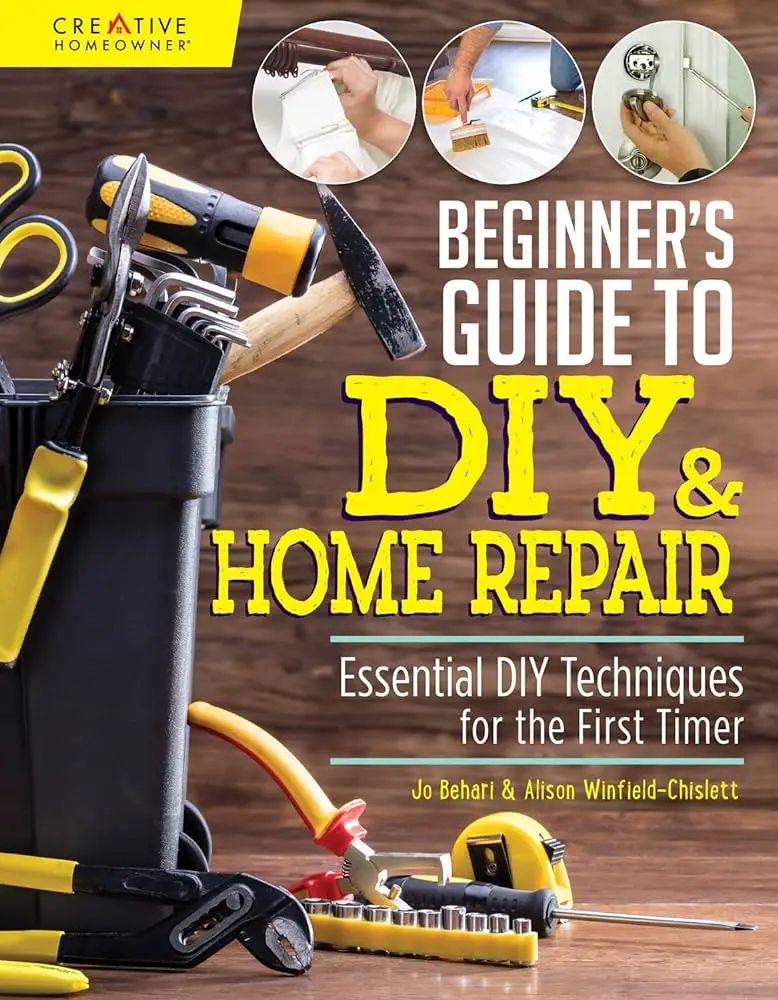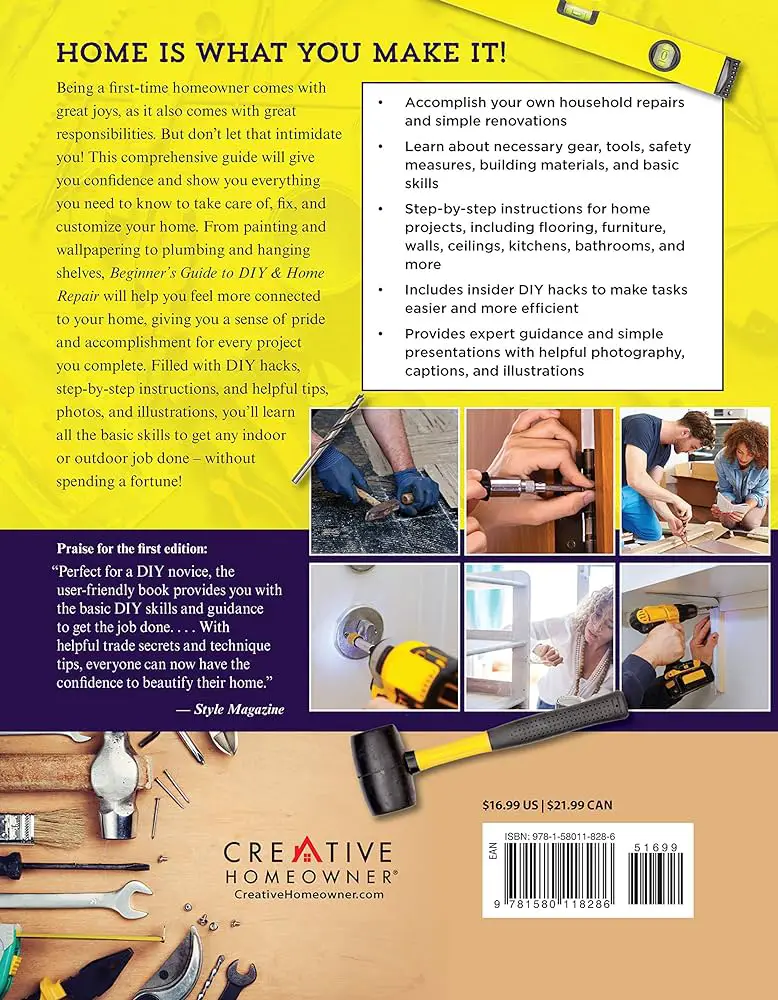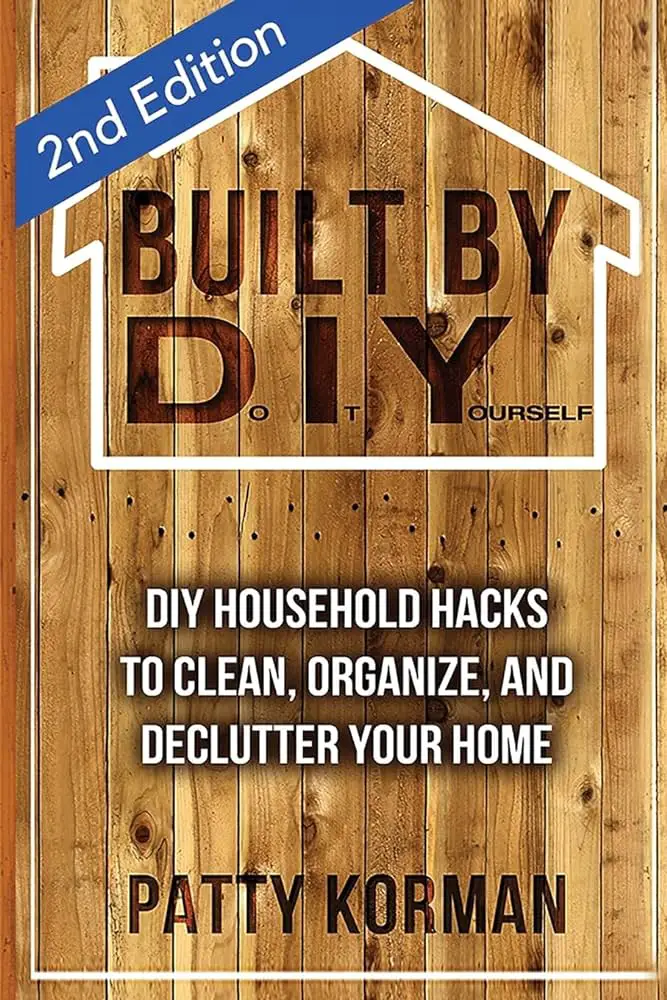If you’ve ever found yourself faced with a leaky faucet, a wonky shelf, or a squeaky door, you know just how frustrating and costly it can be to call in a professional for every little home repair. Thankfully, with the frugal guide to DIY home repairs, you can learn simple and cost-effective solutions to tackle these common household issues on your own. From fixing minor plumbing problems to patching up drywall, this article will empower you with the knowledge and techniques needed to become a DIY repair superstar. Get ready to save both time and money while taking pride in your newfound handy skills!
1. Plumbing Repairs
Plumbing issues can be a major headache, but with a little know-how, you can tackle them yourself and save some money in the process. From fixing a leaky faucet to patching a leaky pipe, here are some common plumbing repairs that you can easily take care of on your own.
1.1. Fixing a Leaky Faucet
A leaky faucet is not only annoying, but it can also lead to wasted water and higher water bills. The good news is that fixing a leaky faucet is a relatively simple task that you can do yourself.
To fix a leaky faucet, start by turning off the water supply to the faucet. This is typically done by shutting off the water valves underneath the sink. Once the water is off, you can remove the handle of the faucet and then remove the valve stem. Inspect the valve stem for any damage or wear, and if necessary, replace it with a new one. Finally, reassemble the faucet and turn the water supply back on.
1.2. Repairing a Running Toilet
A running toilet can waste a significant amount of water over time. To repair a running toilet, you’ll first need to identify the cause of the problem. This can often be traced back to a faulty flapper valve or a malfunctioning fill valve.
Start by inspecting the flapper valve and make sure it is properly sealing the flush valve. If the flapper valve is worn or damaged, replace it with a new one. Next, check the fill valve to ensure it is working properly. If necessary, adjust the float to the correct water level or replace the fill valve altogether.
1.3. Clearing Clogged Drains
Clogged drains are a common issue in many households, but you don’t always need to call a plumber to get them cleared. One of the simplest ways to clear a clogged drain is by using a plunger.
To plunge a clogged drain, make sure there is enough water in the sink or bathtub to cover the rubber part of the plunger. Place the plunger over the drain and firmly push down and then pull up repeatedly. This action creates pressure that can help dislodge the clog. If plunging doesn’t work, you can try using a drain snake or a mixture of baking soda and vinegar to clear the clog.
1.4. Fixing a Dripping Showerhead
A dripping showerhead can be both frustrating and wasteful. Luckily, fixing a dripping showerhead is usually a straightforward process.
Start by turning off the water supply to the shower. This is typically done by turning off the water valves in the bathroom or shutting off the main water supply to the house. Once the water is off, remove the showerhead from the shower arm using a wrench. Inspect the showerhead for any debris or mineral buildup and clean it if necessary. If the showerhead is still dripping after cleaning, you may need to replace the washer or the entire showerhead.
1.5. Patching a Leaky Pipe
A leaky pipe can quickly turn into a disaster if not addressed promptly. However, with some basic plumbing knowledge, you can patch a leaky pipe yourself.
To patch a leaky pipe, start by turning off the water supply to the affected area. Drain any remaining water from the pipe by opening faucets or valves connected to it. Once the pipe is dry, clean the area around the leak using a wire brush or sandpaper. Apply a pipe repair clamp or epoxy putty over the leak and allow it to cure according to the manufacturer’s instructions. Finally, turn the water supply back on and check for any signs of leakage.

2. Electrical Repairs
Electrical repairs may seem intimidating, but many common issues can be easily fixed by the average homeowner. From replacing a light switch to fixing a faulty outlet, let’s explore some electrical repairs that you can do yourself.
2.1. Replacing a Light Switch
If you have a light switch that is no longer functioning properly, replacing it is a simple task that you can handle on your own.
Start by turning off the power to the switch at the circuit breaker. Once the power is off, remove the switch plate cover and unscrew the switch from the electrical box. Take note of the wiring connections before disconnecting them from the old switch. Replace the old switch with a new one, making sure to connect the wires in the same manner as before. Finally, screw the new switch into the electrical box, reattach the switch plate cover, and turn the power back on.


